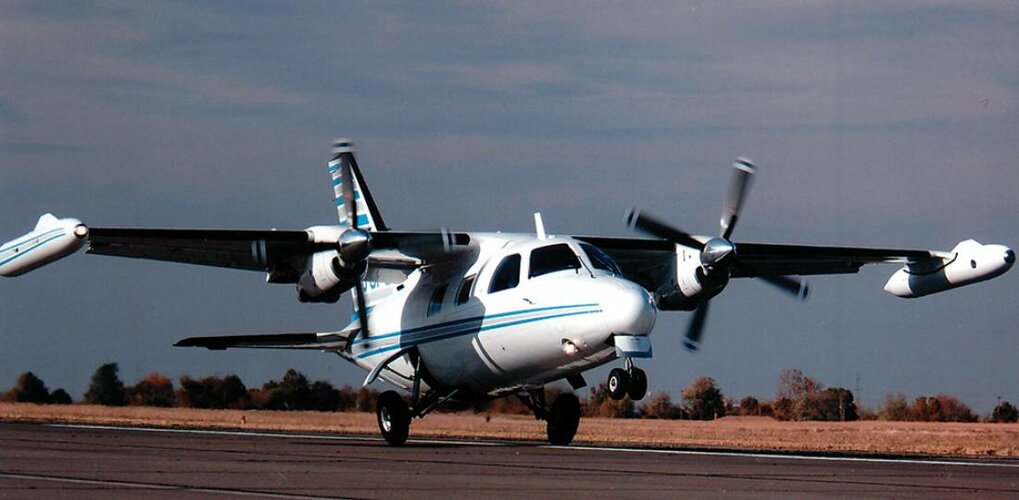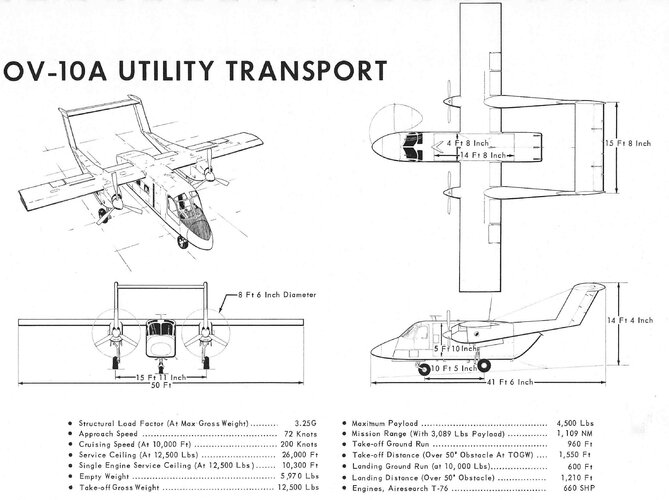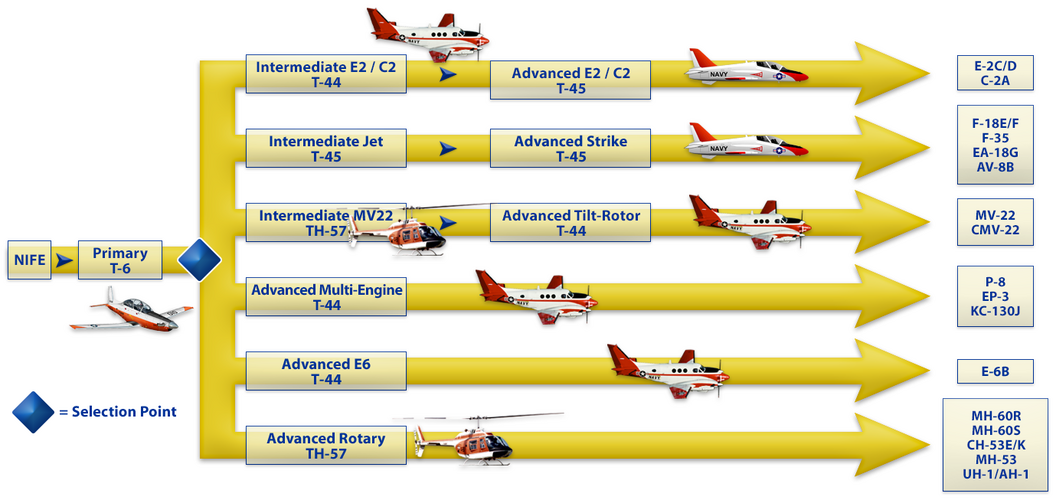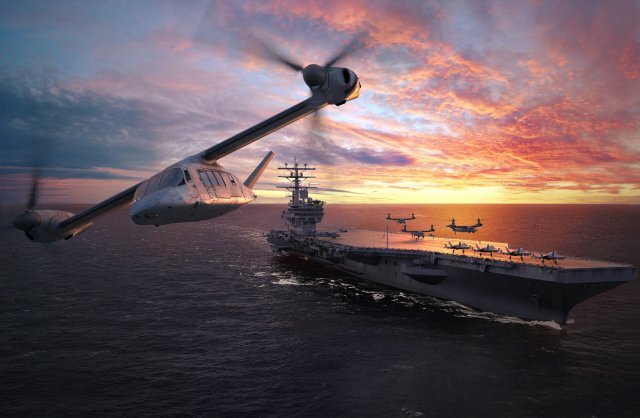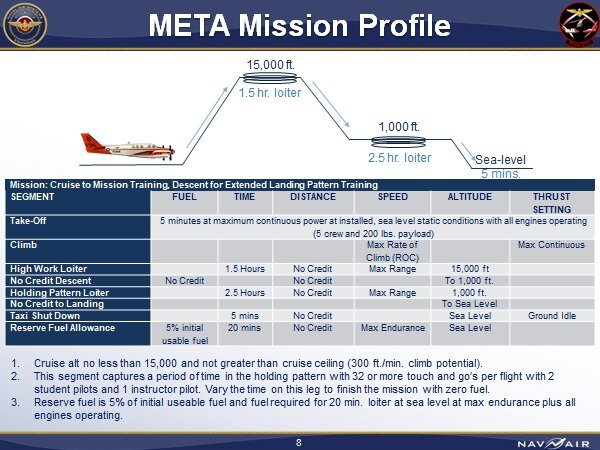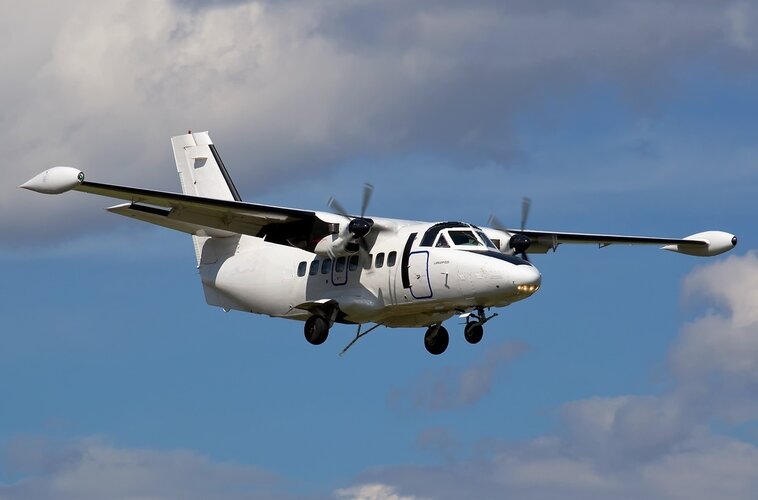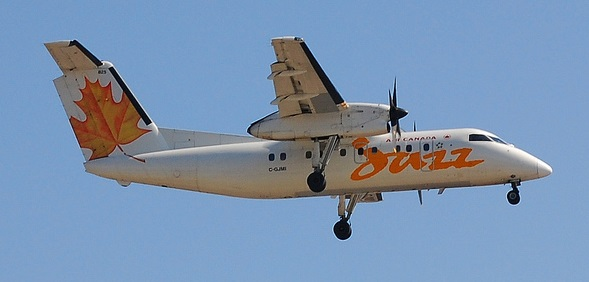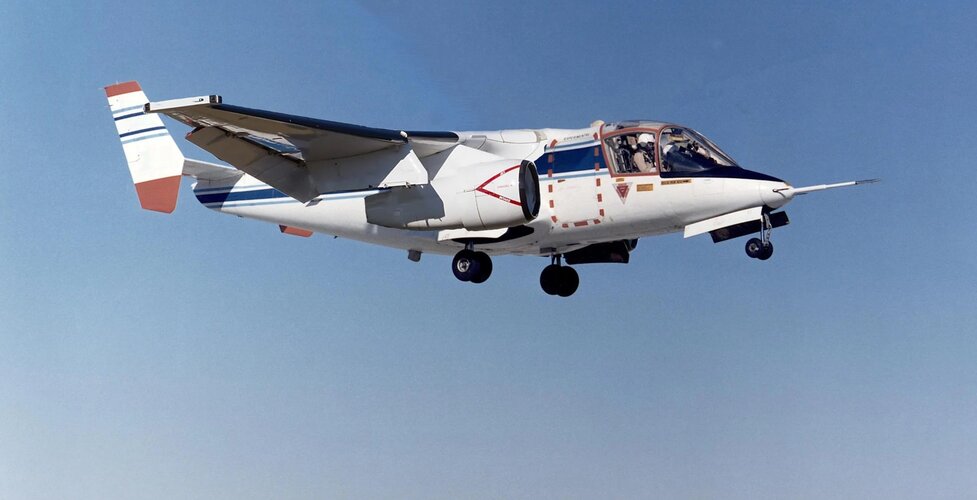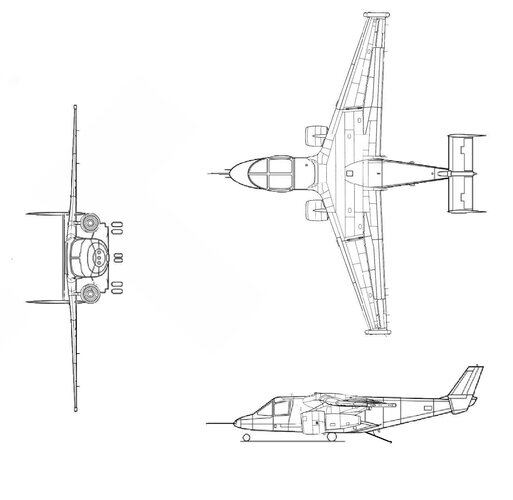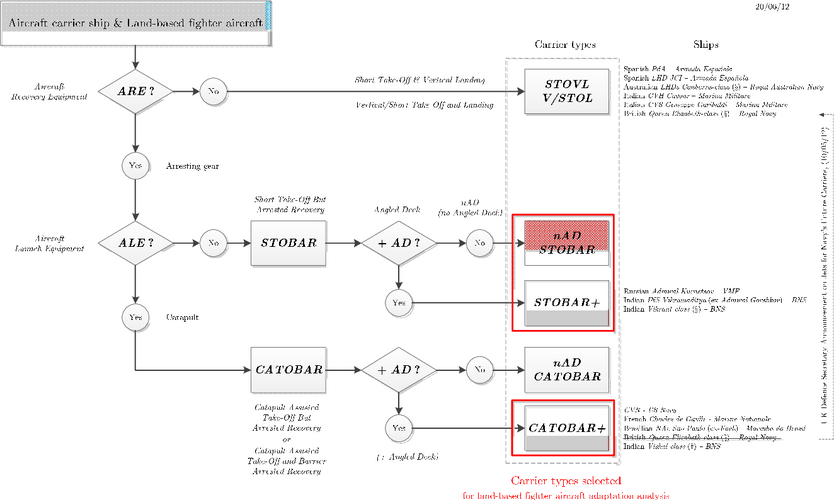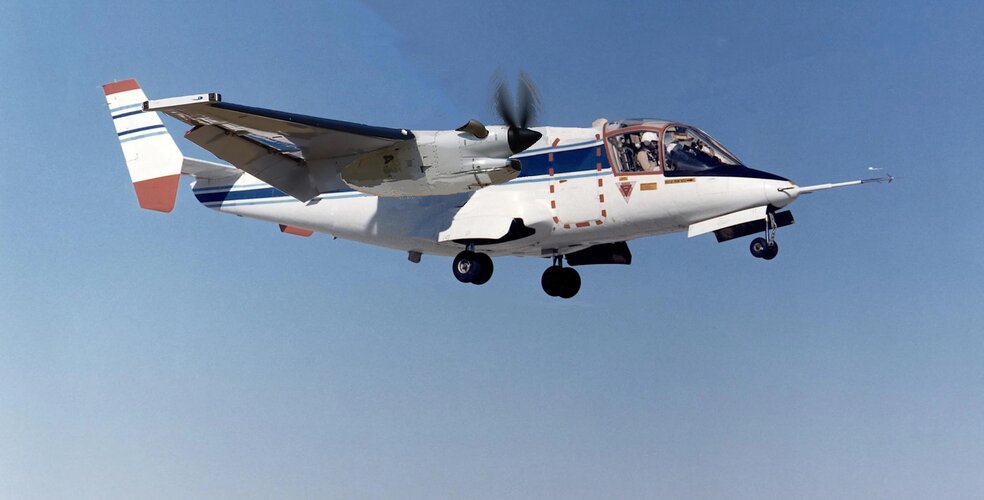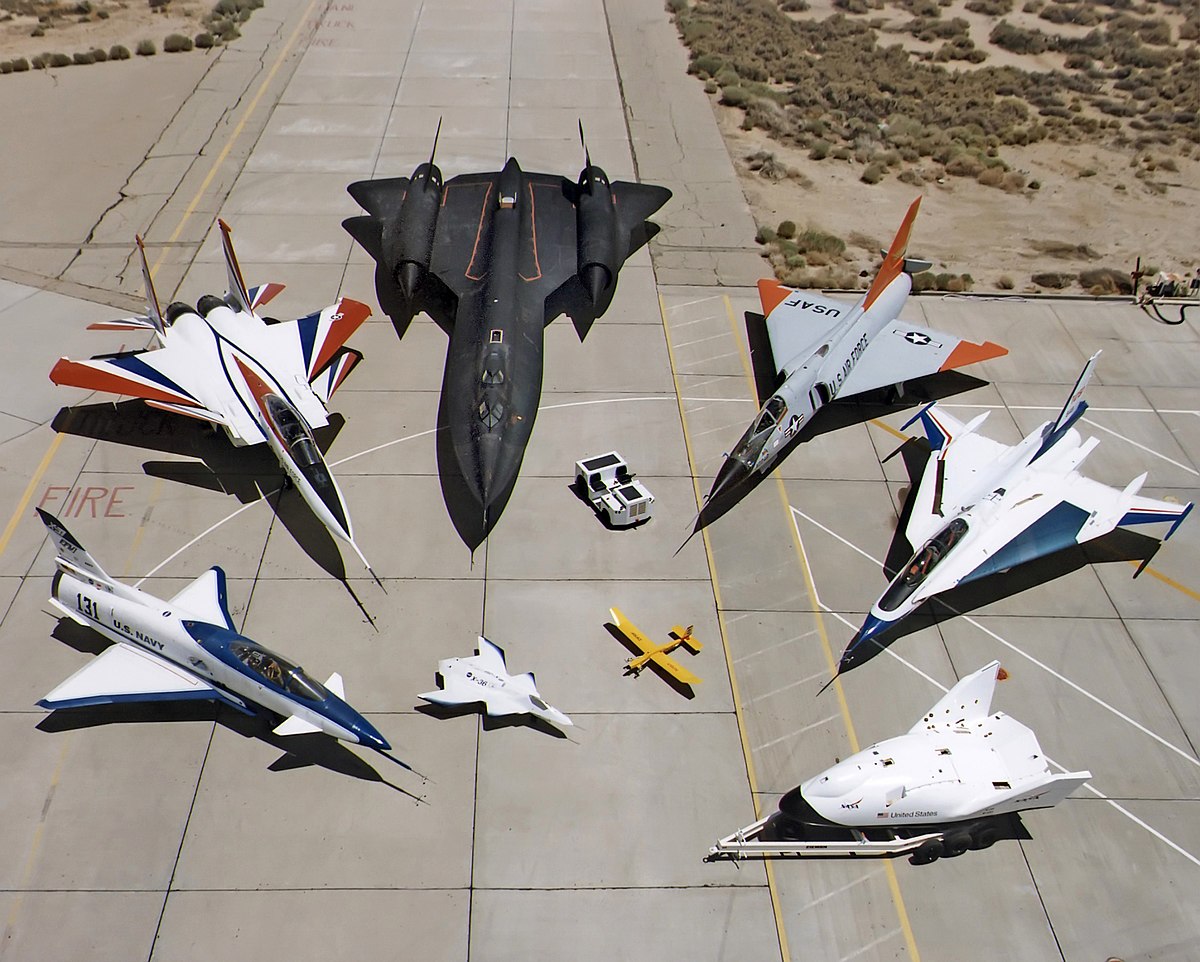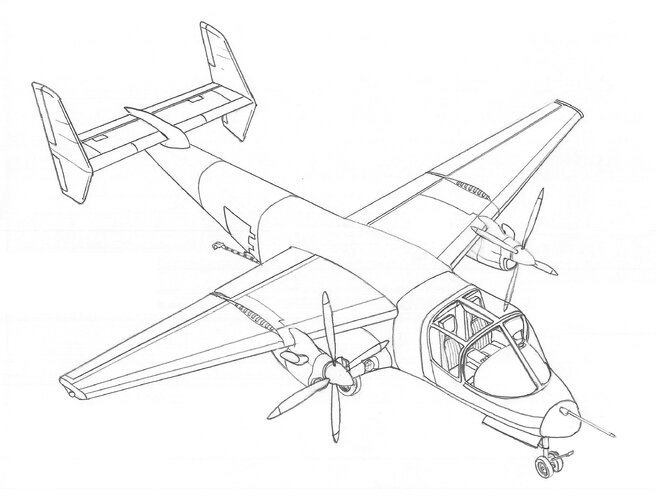- Joined
- 29 July 2009
- Messages
- 1,770
- Reaction score
- 2,480
Although there is not a requirement for a carrier capable multi-engine training aircraft this thread is used to address the design requirements and concept of such an aircraft. Currently, the US Navy uses the Beechcraft T-44 Pegasus (similar to a militarized KingAir) for multi-engine training. This aircraft is used prior to transitioning into E-2C and C-2 aircraft, which are both carrier borne aircraft. Obviously the T-44 is not carrier capable. Others the T-44 trains pilots to fly before transitioning into are the MV-22, CV-22, P-8, EP-3, and KC-130J.
Proposed here is a multi-engine jet or turboprop trainer capable of, in excess of, 1400 nm range, 250 KTAS, with side-by-side seating, designed to support future pilot transition training in multi-engine EW, COD, aerial refueling, and ASW mission aircraft.
Consideration should be given to a modularized cockpit that can be digitally reconfigured using glass panel displays to simulate other future mission aircraft as well as variable stability systems that allow the aircraft to simulate the flight characteristics of future mission aircraft that a naval aviator will transition into (i.e. think Calspan's inflight simulator Learjet (N102VS)).
Crew coordination, asymmetrical thrust (engine-out training), robust landing requirements, automatic carrier landing, folding wings, and other carrier compliant demands need to be considered.
Proposed here is a multi-engine jet or turboprop trainer capable of, in excess of, 1400 nm range, 250 KTAS, with side-by-side seating, designed to support future pilot transition training in multi-engine EW, COD, aerial refueling, and ASW mission aircraft.
Consideration should be given to a modularized cockpit that can be digitally reconfigured using glass panel displays to simulate other future mission aircraft as well as variable stability systems that allow the aircraft to simulate the flight characteristics of future mission aircraft that a naval aviator will transition into (i.e. think Calspan's inflight simulator Learjet (N102VS)).
Crew coordination, asymmetrical thrust (engine-out training), robust landing requirements, automatic carrier landing, folding wings, and other carrier compliant demands need to be considered.

